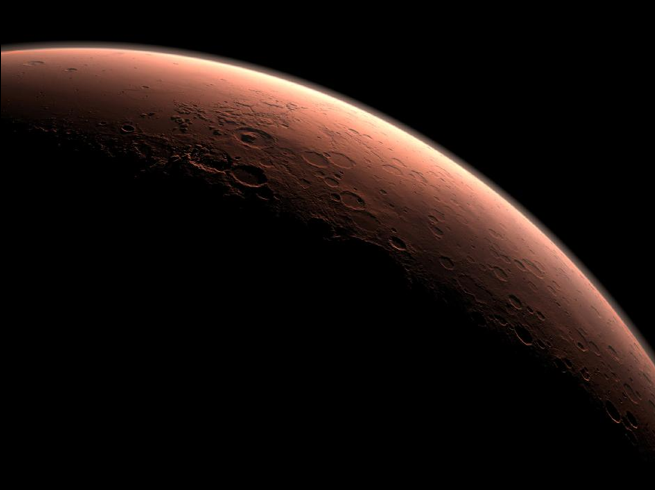
How big is the universe? How small is an atom? I know how to answer some questions my son might some day ask like why is the sky blue, but what if he asked, “how blue is the sky” instead? How would one answer that? It’s a mater of scale, which is a matter of comparison. Let’s start with atoms.
How Small is an Atom?
first, atoms are small particles that comprise all matter, or stuff we can touch, eat, feel and throw at our little sisters. Atoms are made up of protons and neutrons clumped together in the center (the nucleus) and electrons orbiting the nucleus the way Earth orbits the sun. This model of the atom was developed by Niels Bohr in 1913 and it holds true today, though scientists have made it more complicated.

Atoms are very small. How small? Here’s a video by Jonathan Bergmann that tries to explain the relative size of an atom compared to things we can see and touch.
The interesting thing about atoms is their density. Atoms are made up mostly of empty space with win incredibly dense speck in the center that accounts for almost all of the particle’s mass. You know what else is like that?
The Density of the Solar System
Our solar system is mostly just the sun with a little bit of other stuff in it. Here’s a pie chart showing the relative mass of our solar system. Things smaller than Saturn are too small to even show up:

If you want to get an idea of where all the planets are relative to each other and see the scale of the solar system, check out this web-based scale model of the solar system. In it, the Sun is the size of your web browser and pluto is about 5 miles of scrolling to the right. Grab the scroll bar on the bottom of your web browser and watch as the planets zip by as you scroll. When you get to Jupiter, you can see that the scroll bar is still far to the left of the screen. You haven’t even gone half way to pluto! Like an atom, almost all of the mass is at the center. The thing to remember though, is that though the earth is small it is still very big to us. And though our Moon is small, it is still big enough to yank on our oceans and cause tides…
To get past all the scrolling, here’s a trick: in the address bar at the end of the URL type: #PLANET to go directly to that planet. Here are links:
Cell Size and Scale
Plants and animals are made up of cells, they are like the atoms of living things. There are a lot of different kinds of cells and they are made up of many atoms. Cells are small compared to humans as well. Here is a great visualization of how the size of cells relative to things we can see and touch like coffee beans and words printed on paper.
Notice that as you scale down, the grid in the upper left corner changes. The small square becomes the big square as you zoom in and in…
Relative
So from the extremely small, to the very small to the extremely big, size is a matter of scale and scale is a way of comparing things to each other. Atoms are small compared to a human skin cell, human skin cells are extremely small compared to Earth and Earth is extremely small compared to the sun.
Turns out that there are things smaller than atoms, and bigger than the sun. Woah!
-Mike













Ok, nerd alert here: The Bohr model of the atom with “electrons orbiting the nucleus the way Earth orbits the sun” does not “hold true today.” Sorry, but while that helps explain the structure of matter pretty well, it does not reflect reality. Electrons exist in a cloud around a nucleus is probably a better way to describe it. Their position in that cloud is not based on a circular or even elliptical orbit function, but rather on a quantum-mechanical statistical function. Surprisingly, this is a really big difference only to people like me.
Can you explain that using fruit and berries?
-Mike
I started to and then I got hungry and ate all the fruit and berries.
[…] The Solar SystemScience Projects About The Solar SystemList of Renewable Resources Tips & Guide!Scale: Atoms, Cells and Our Solar System // IE Evitar seleccion de texto document.onselectstart=function(){ if […]